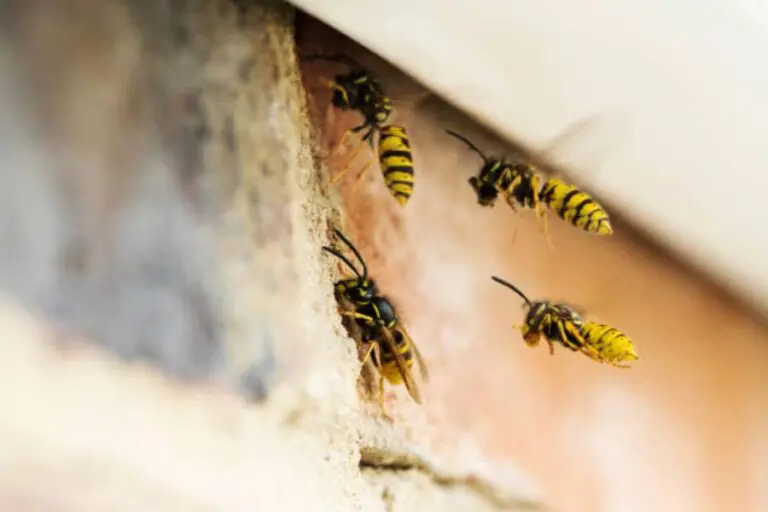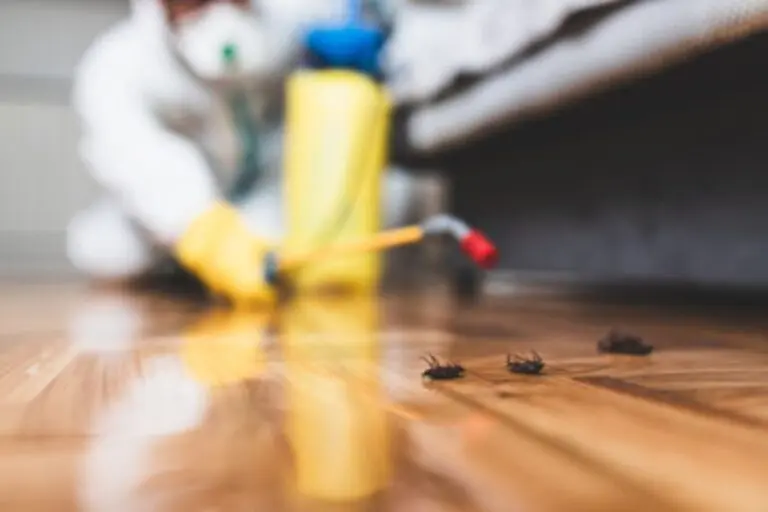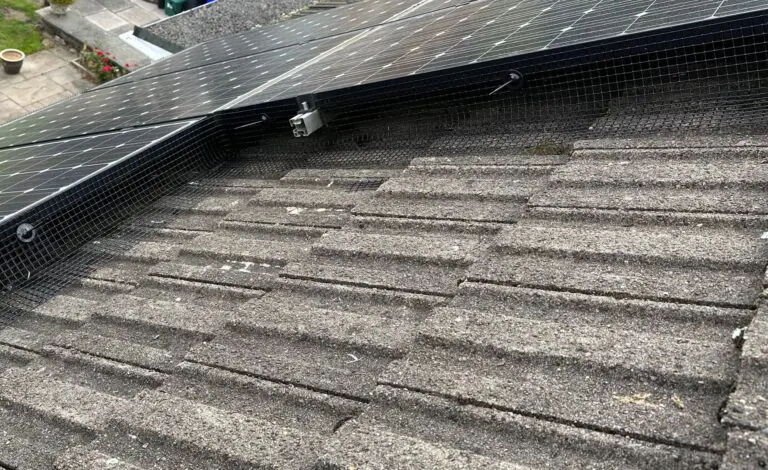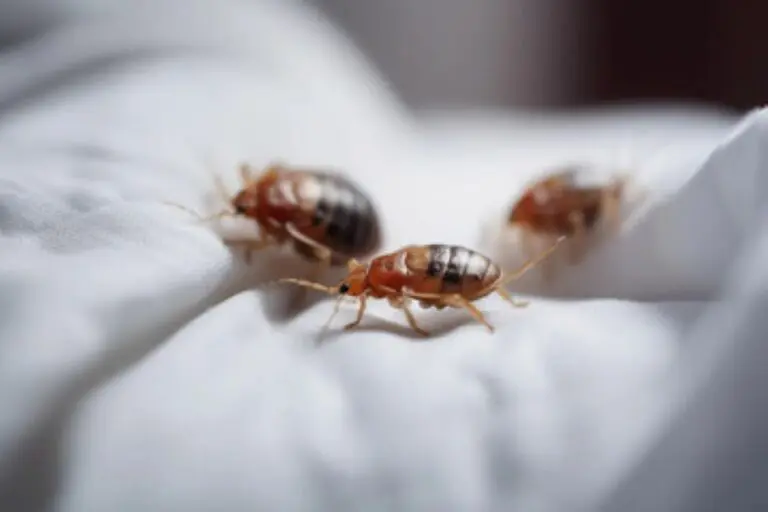Beetle Control: Effective Tips and Solutions

Beetles are one of the most diverse insect groups on the planet. They range from helpful pollinators to destructive pests. Understanding these creatures is essential for protecting homes, gardens, and agricultural spaces from the types of beetles that can cause significant harm. In this expanded guide, we’ll dive deep into identifying, managing, and preventing beetle infestations, along with professional and DIY options that homeowners and gardeners can use to protect their properties.
Identifying Beetle Pests in the Home and Garden
Accurately identifying beetles is the first and most crucial step in addressing an infestation. While many beetle species serve beneficial roles, others cause damage to plants, stored foods, wood, and fabrics. Here’s how to distinguish them:
Physical Characteristics:
Body Shape and Hardness: Beetles are known for their hard exoskeleton and distinct body shapes, often oval, elongated, or round. Unlike other insects, beetles have hardened front wings (elytra) that cover their delicate wings underneath.
Size: Size can range from tiny carpet beetles (only a few millimetres long) to large rhinoceros beetles, making size an essential factor.
Colour and Patterning: Certain beetles, like the green and copper-coloured Japanese beetles, have recognisable colour patterns. Colours vary from solid black or brown to patterned with spots, stripes, or other unique markings.
Antennae and Legs: Observing the length and structure of the antennae and legs can provide clues to a beetle’s identity, as different species have unique shapes and structures.
Habitats and Active Periods: Indoor or Outdoor Infestation: Beetles can infest indoor and outdoor spaces. Indoors, you’ll likely find carpet, flour, and drugstore beetles. Outdoor beetles, such as Japanese beetles and potato beetles, can wreak havoc on plants.
Seasonal Activity: Many beetles are more active during specific seasons. Japanese beetles, for example, are highly active in mid to late summer, whereas carpet beetles may remain active year-round in heated indoor environments.
Behaviour and Damage Indicators
Feeding Patterns: Each beetle species has specific feeding habits. For instance, Japanese beetles chew on leaves, causing skeletonisation, while carpet beetles target natural fibres like wool and fur.
Damage Evidence: Evidence of beetle damage can include holes in leaves, gnawed wooden structures, visible beetle larvae, small piles of wood dust from wood-boring beetles, and fabric damage from carpet beetles.
Proper identification is essential to choosing the right treatment for each type of beetle. Knowing what kind of beetle you’re dealing with will ensure you target the pest effectively, minimising any harm to beneficial beetles in your area.
Common Types of Beetle Pests in Households
Beetles that infest homes can vary significantly in terms of behaviour and preferred food sources. Here’s a look at some of the most common household beetle pests:
Carpet Beetles: Carpet beetles are a notorious household pest, especially for those with wool, fur, or leather items. They feed on natural fibres and infest carpets, upholstery, clothing, and sometimes stored food items.
Powder-post Beetles: These beetles cause significant damage to wooden structures, particularly seasoned wood. They bore through wood and leave a fine powdery dust (hence their name), which can weaken furniture and structures over time.
Flour Beetles: Found primarily in stored grain and flour, flour beetles lay eggs that develop into larvae, which then feed on stored grains and other pantry items. They’re often discovered in kitchens and pantries where food is improperly stored.
Japanese Beetles: Recognisable by their metallic green and coppery bodies, Japanese beetles are highly destructive to a wide range of plants. They chew on leaves, flowers, and fruits, causing extensive damage to gardens and crops.
Colorado Potato Beetles: These beetles are a significant agricultural pest, particularly in potato fields. They feed on potato plants and defoliate them quickly if left unchecked.
Each beetle species has its preferences and can cause unique damage, so understanding these distinctions is crucial for successful treatment.

Getting Rid of Carpet Beetles: DIY and Professional Methods
Dealing with carpet beetles requires both immediate action and ongoing prevention. Here’s a detailed plan for eliminating these pests:
DIY Measures
Identify Infested Areas: Check all potential hiding places, such as carpets, rugs, upholstery, curtains, and closets, for damage and signs of beetles or larvae.
Vacuum Thoroughly and Regularly: Use a high-suction vacuum to remove beetles, larvae, and eggs from all affected areas. Pay attention to corners and areas under furniture.
Launder Fabrics and Clothing: Use hot water to wash any infested or potentially infested items. Heat is highly effective in killing beetle larvae and eggs.
Freeze-Infested Items: If certain items can’t be washed, place them in sealed plastic bags and freeze them for a few days to kill any beetles and larvae.
Dispose of Heavily Infested Items: To prevent further spread, heavily damaged items should be thrown out.
Continue Vacuuming and Monitoring: Regularly clean to catch any remaining beetles and prevent re-infestation.
Professional Pest Control Services
Professional treatment may be necessary for severe or recurring infestations:
Inspection: Pest control professionals will identify the full extent of the infestation, uncovering hidden beetles and larvae.
Targeted Treatments: Experts apply specialised treatments and insecticides that are safe for homes and highly effective against carpet beetles.
Follow-Up Prevention: Professionals often provide additional measures to prevent future infestations, such as monitoring and sealing cracks.
Effective DIY Beetle Pest Control Solutions
If you have a small beetle infestation, DIY treatments may help you manage it effectively:
Neem Oil: Neem oil is known for its insecticidal properties. It can be sprayed on affected plants or areas to deter beetles.
Diatomaceous Earth: This natural powder dehydrates and kills beetles upon contact, making it a safe choice for homes with pets or children.
Beneficial Insects: Natural beetle predators like ladybugs can help control garden beetle populations.
Cultural Practices: Keep gardens well-maintained, removing dead leaves and debris to make the environment less appealing to beetles.
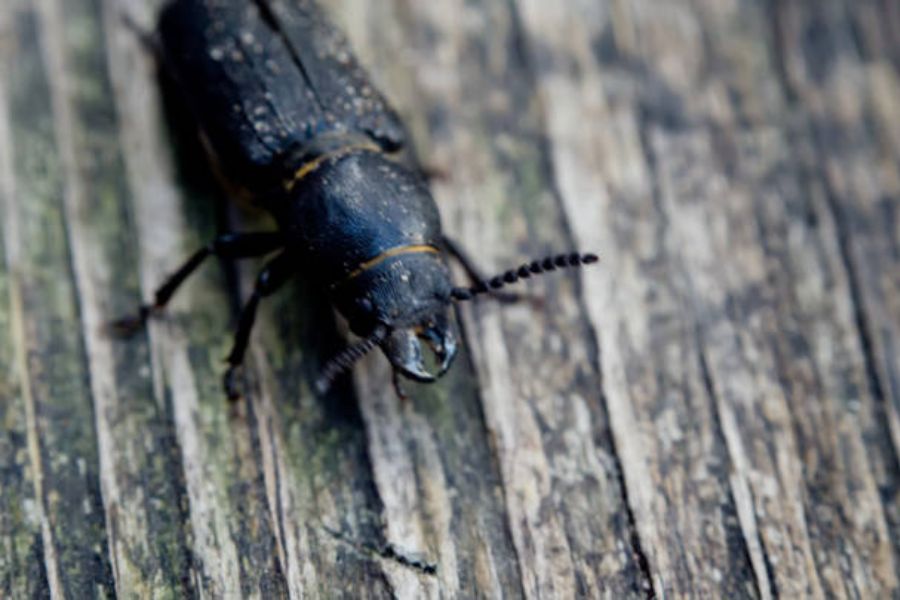
Chemical Treatments for Beetle Pest Control
When facing a severe beetle infestation, chemical treatments are sometimes necessary:
Pyrethroid-Based Insecticides: These offer broad-spectrum control and are effective against many types of beetles. They can be used both indoors and outdoors but should be handled carefully.
Systemic Insecticides: Applied to soil or plants, systemic insecticides are absorbed and kill feeding beetles over time. They’re particularly adequate for garden infestations.
Wood Preservatives: For beetles that target wood, like powder-post beetles, wood preservatives are effective in treating the infested area and preventing future damage.
Chemical treatments should always be applied carefully and, when possible, under professional guidance to ensure they’re used safely and effectively.
Preventing Beetle Infestations in the Home and Garden
Prevention is essential to keeping beetle infestations at bay. Here are some practical measures:
Clean Regularly: Thoroughly clean homes, focusing on dark corners, cracks, and storage areas where beetles may hide.
Seal Entry Points: To prevent beetles from entering the home, ensure doors, windows, and utility openings are sealed.
Proper Storage of Food and Fabrics: Store pantry items in sealed containers and fabric like wool and leather in protective storage to deter beetles.
Garden Maintenance: Remove dead plants, prune regularly, and dispose of decaying wood or leaves that may attract beetles.
Integrated Pest Management (IPM): A holistic approach combining cultural, biological, and chemical controls, IPM minimises the need for pesticides while effectively managing pests.
Risks Associated with Beetle Pests
Beetle pests can cause substantial harm in different ways:
Property Damage: Beetles like powder-post beetles weaken wooden structures, while carpet beetles ruin fabrics.
Agricultural Losses: Beetles like Colorado potato beetles and Japanese beetles can destroy crops and reduce agricultural yields.
Health Risks: Beetles in stored food can contaminate it, posing a health risk. Some beetles may trigger allergic reactions or skin irritations.
Psychological Impact: Persistent beetle infestations can cause homeowners stress, discomfort, and frustration.
Addressing beetle infestations promptly can mitigate these risks and protect your property.
Challenges of Controlling Certain Beetle Species
Some beetles are particularly resilient, making them challenging to control:
Powder-post Beetles: Their wood-boring habits cause gradual damage and are difficult to treat without specific insecticides.
Asian Lady Beetles: These beetles invade homes in large numbers and can be challenging to eliminate.
Carpet Beetles: Carpet beetles are adept at hiding and can be hard to eliminate without thorough and repeated treatments.
Bark Beetles: Infesting trees and shrubs, bark beetles are difficult to treat and can only be managed effectively with professional intervention.
Professional pest control services can provide customised solutions for these challenging infestations, using targeted methods that address the beetle’s specific habits.
Beetles can be beneficial and destructive, depending on the species and context. Successfully managing beetle infestations requires a comprehensive approach that includes identification, prevention, and, if necessary, professional intervention. By understanding the various species of beetles and their unique habits, you can better protect your home and garden from these pests. Prevention measures like regular cleaning, sealing entry points, and using appropriate storage methods go a long way in keeping beetles out.
When beetle infestations grow severe, professional pest control services offer reliable and effective solutions tailored to address even the most stubborn species. Whether through DIY or professional methods, a proactive approach will help you maintain a safe, beetle-free environment for years.
